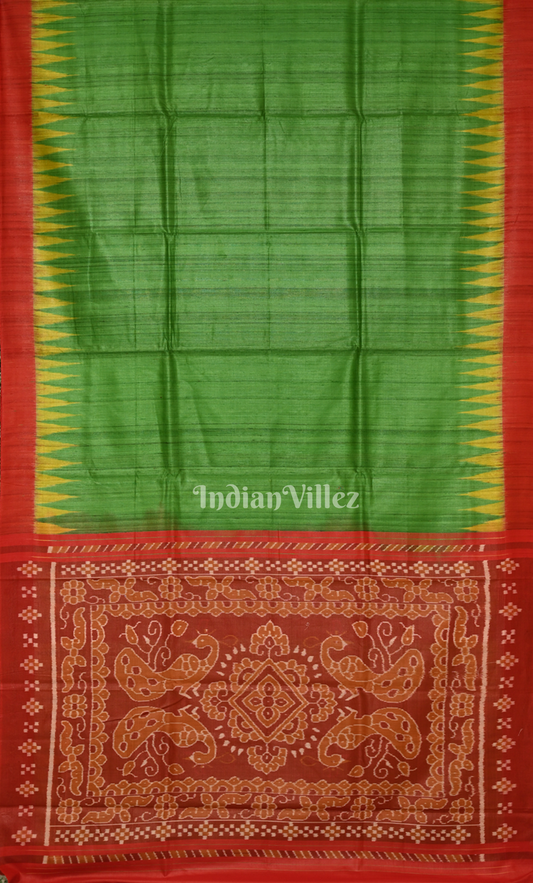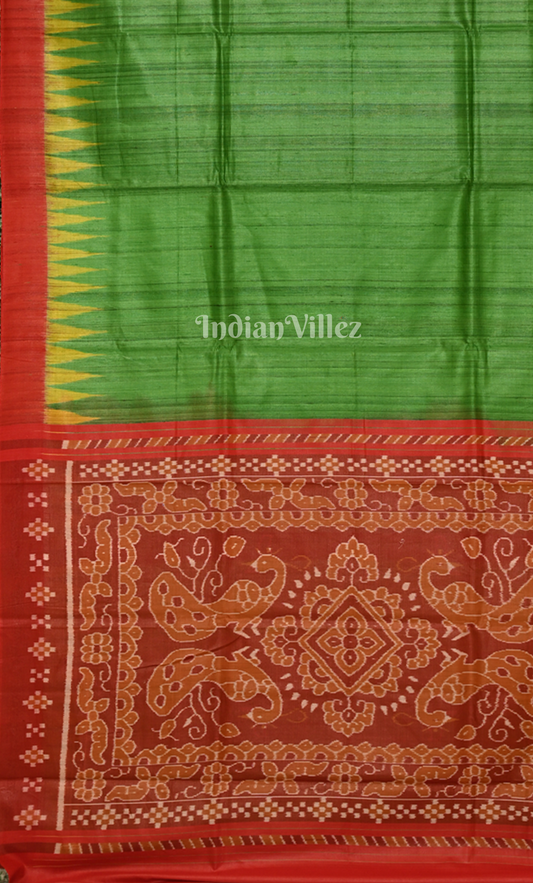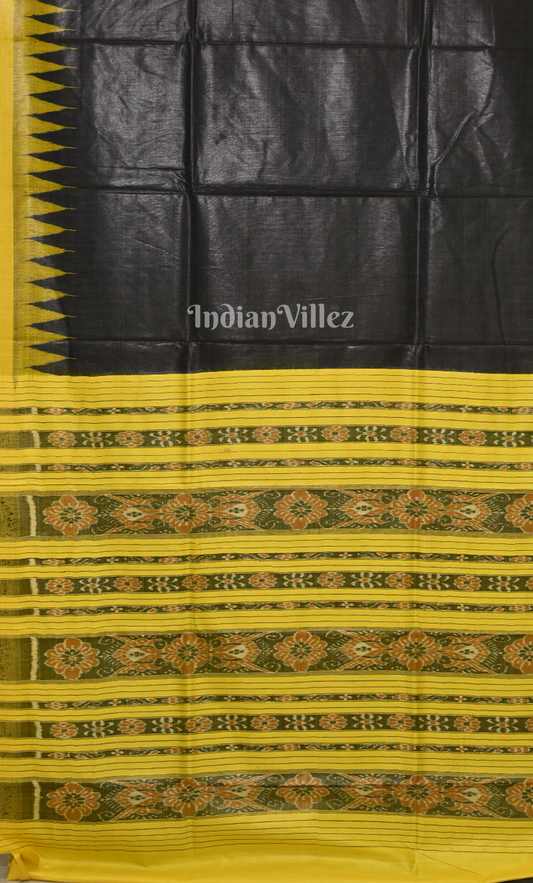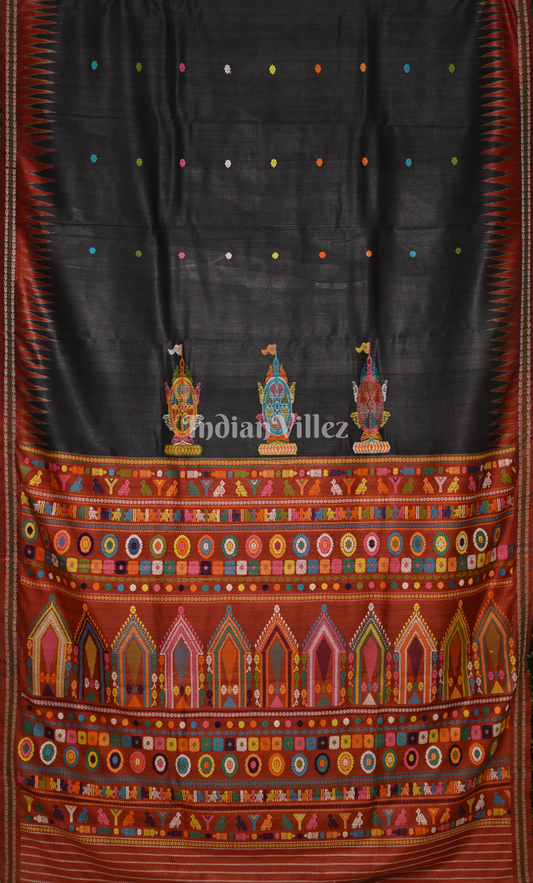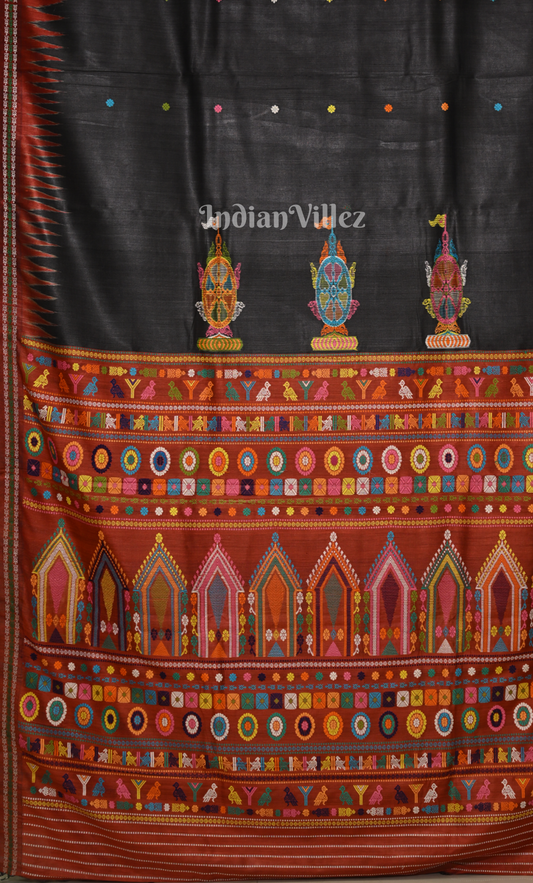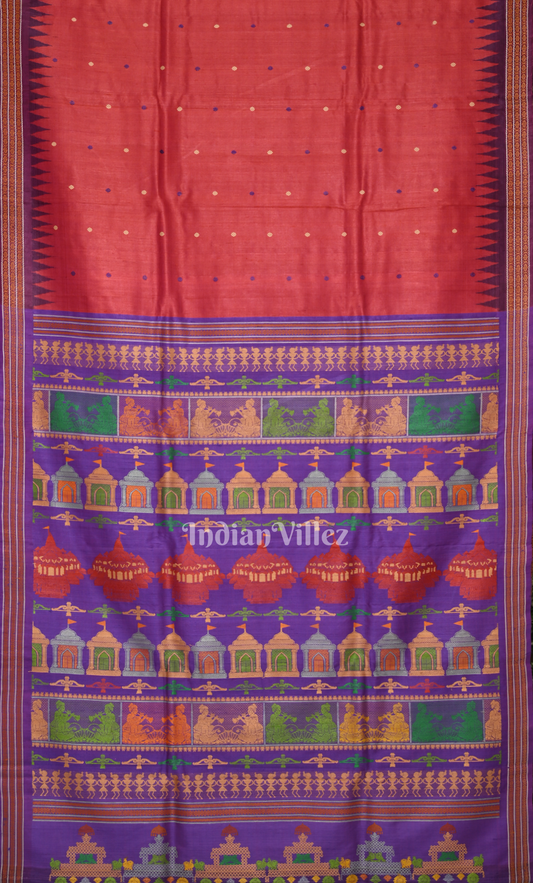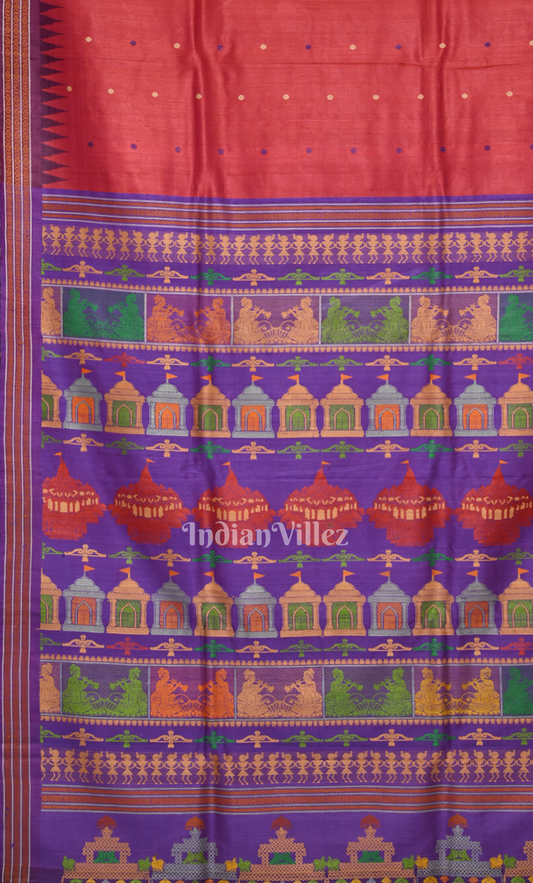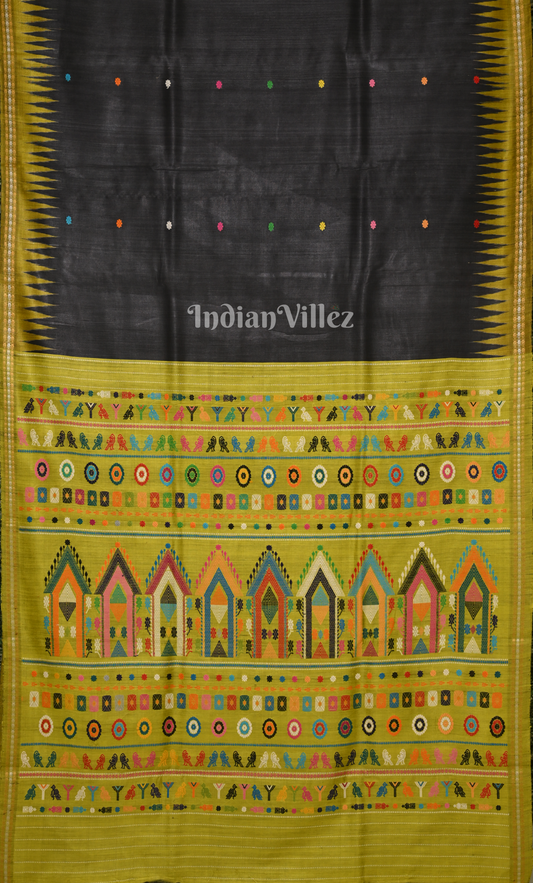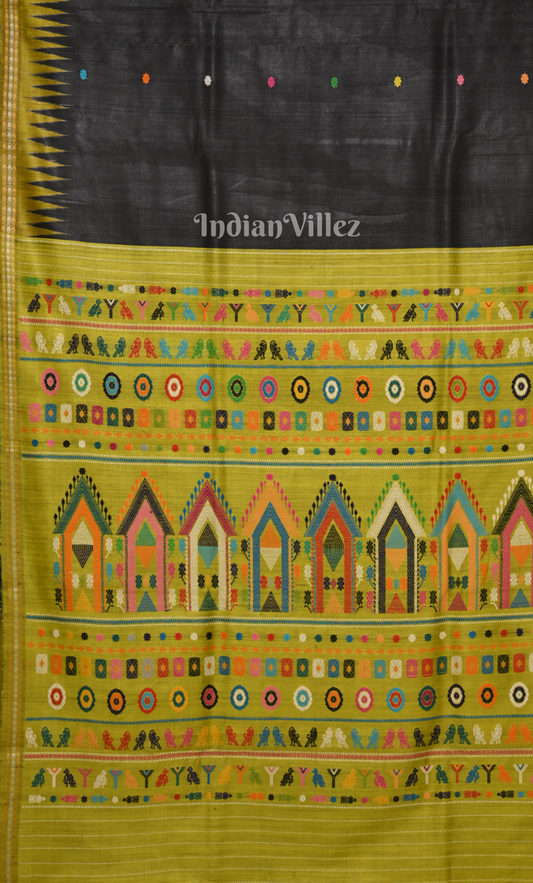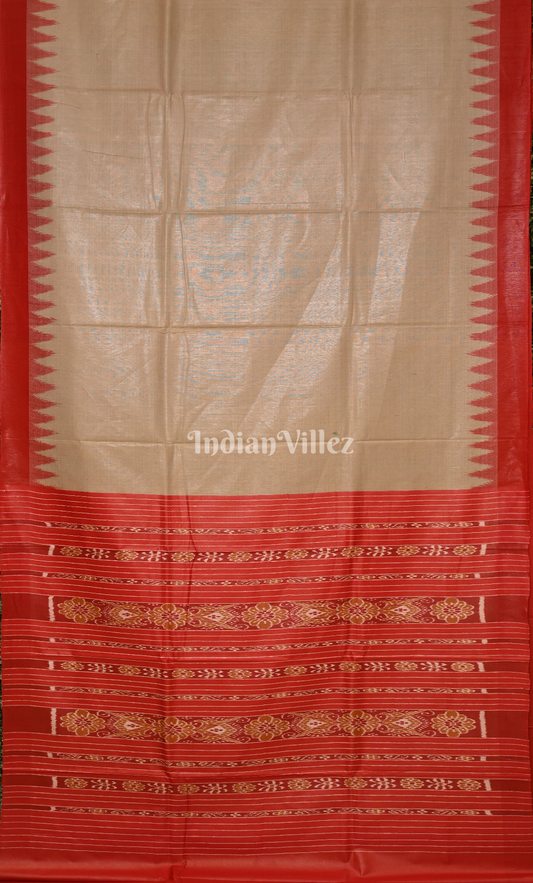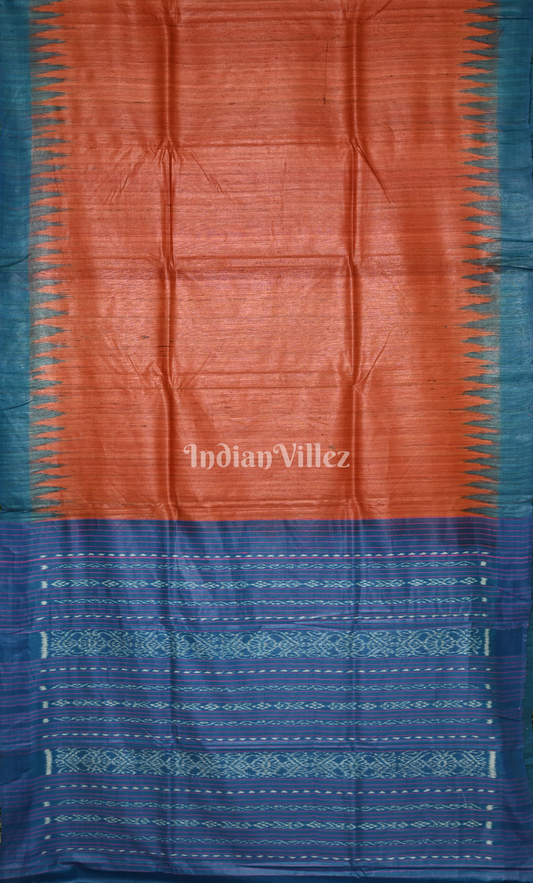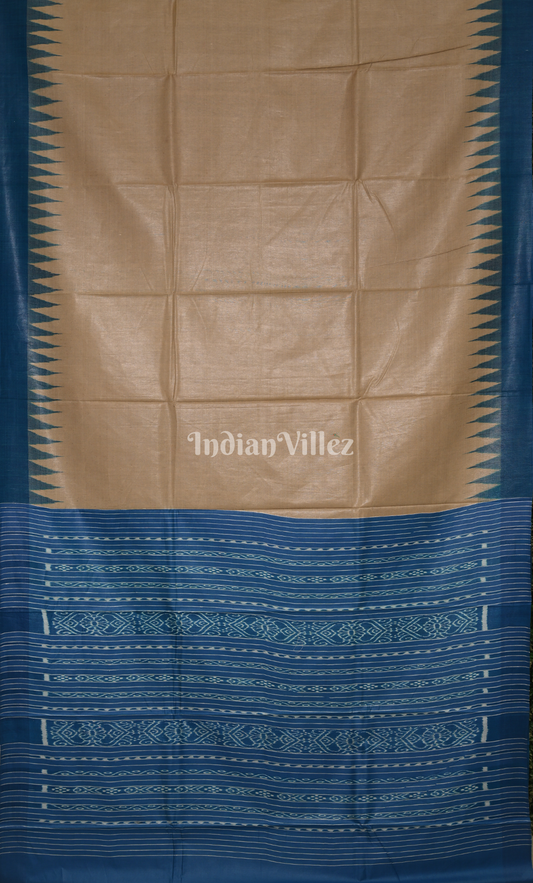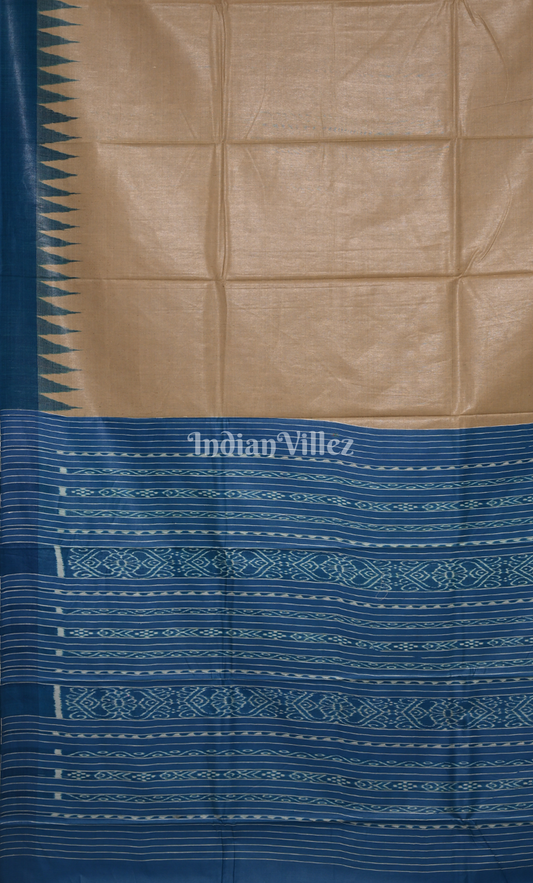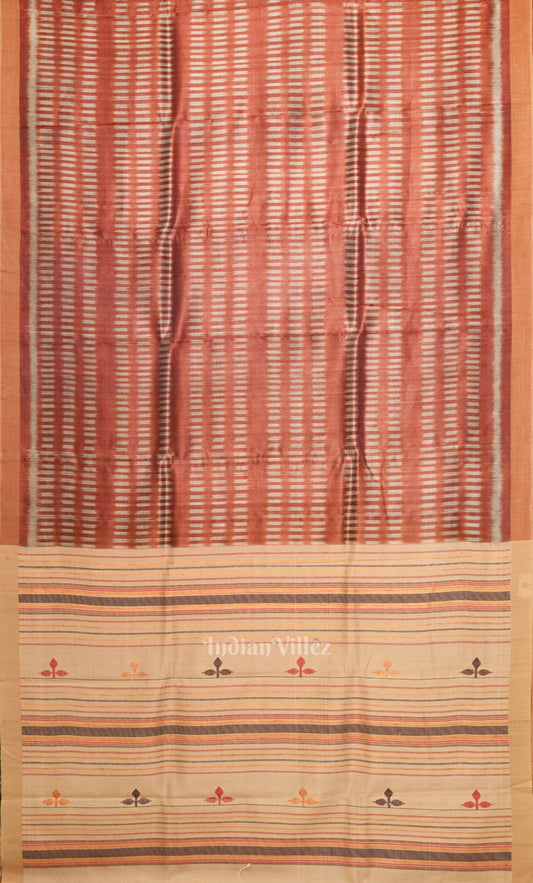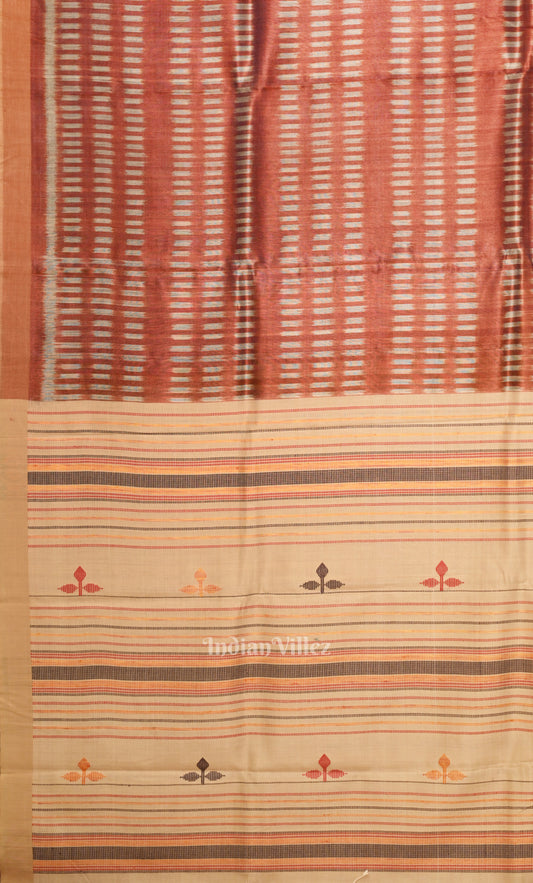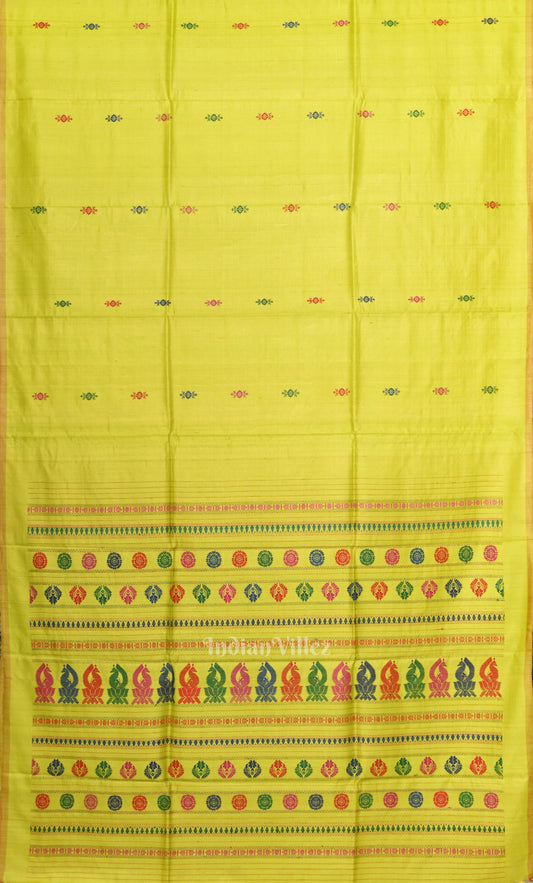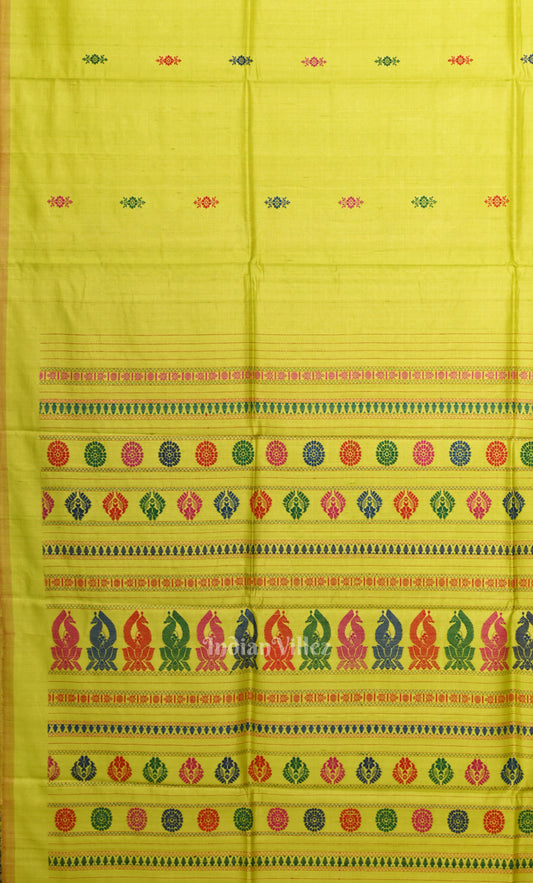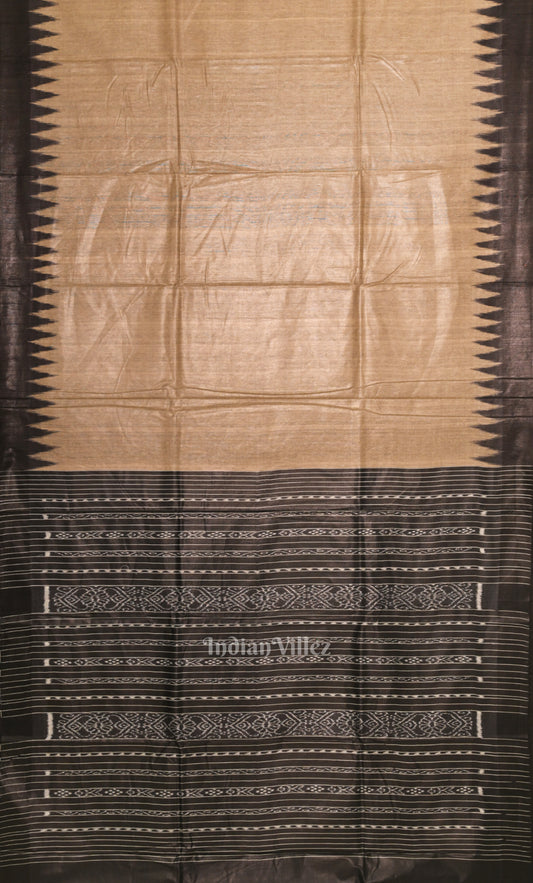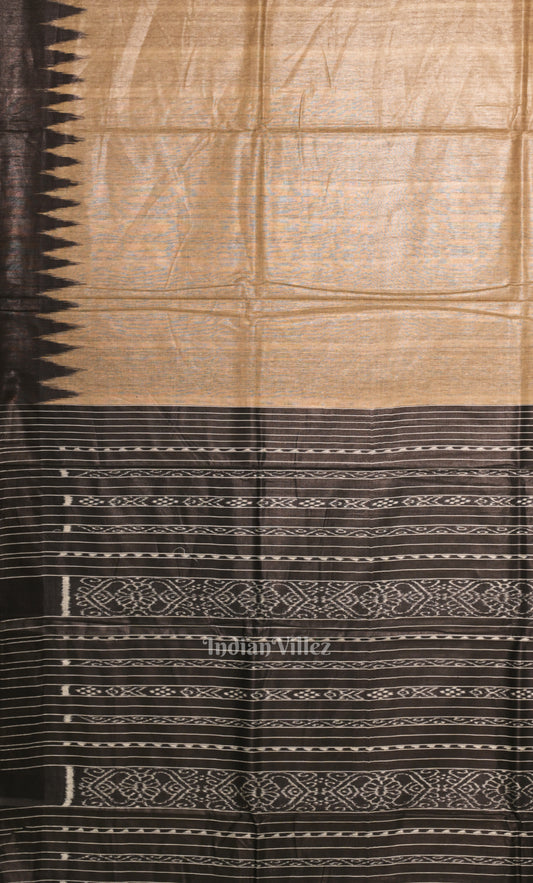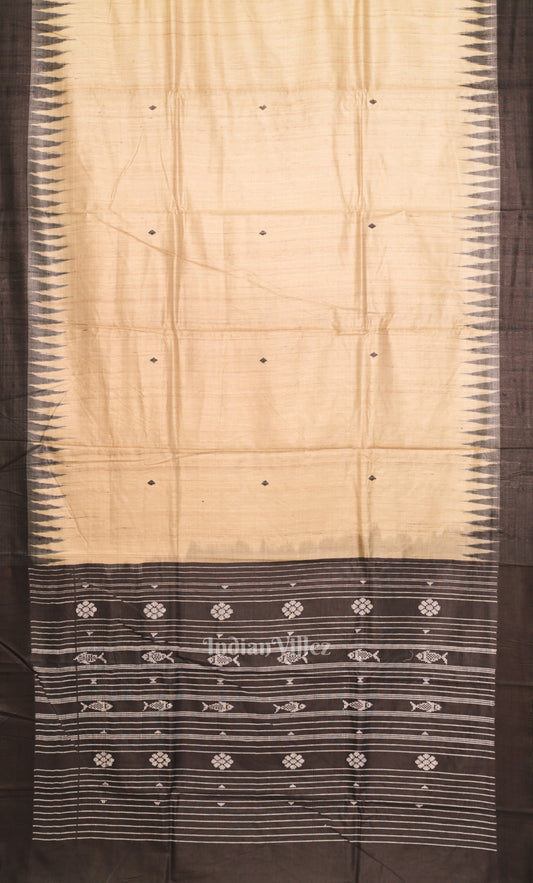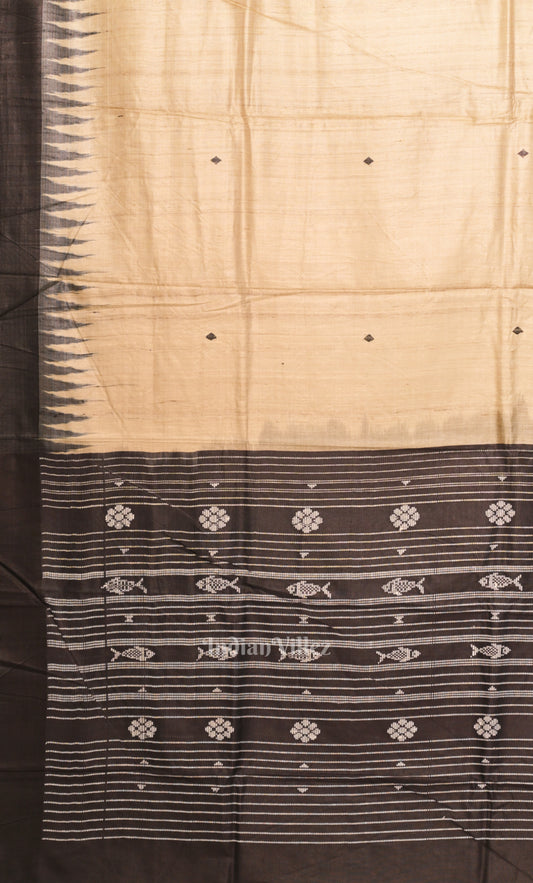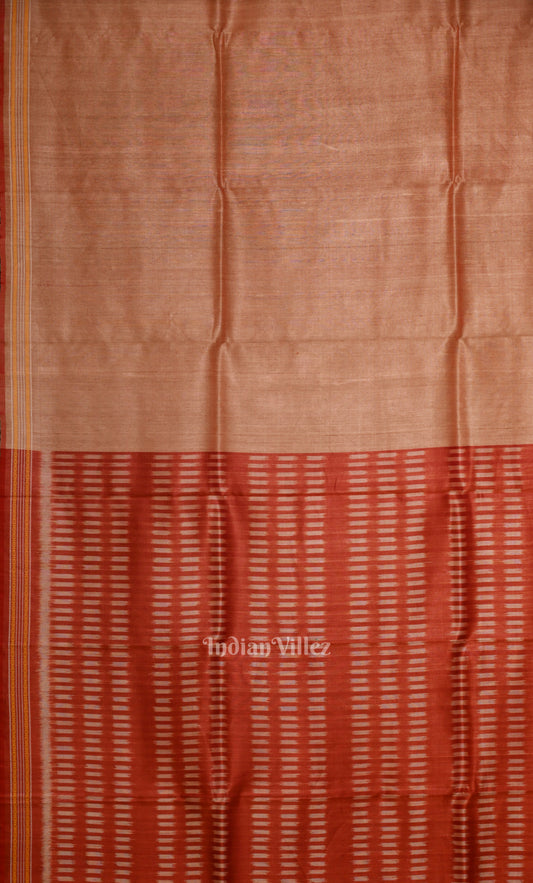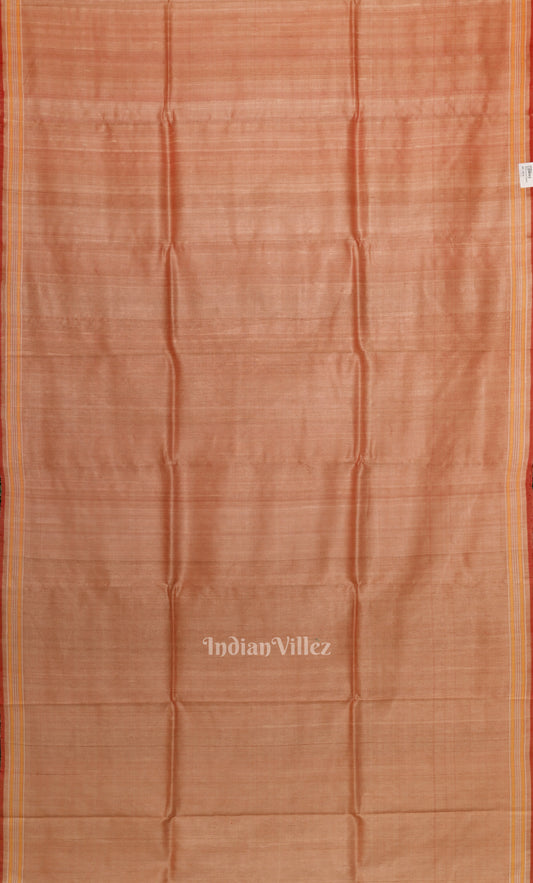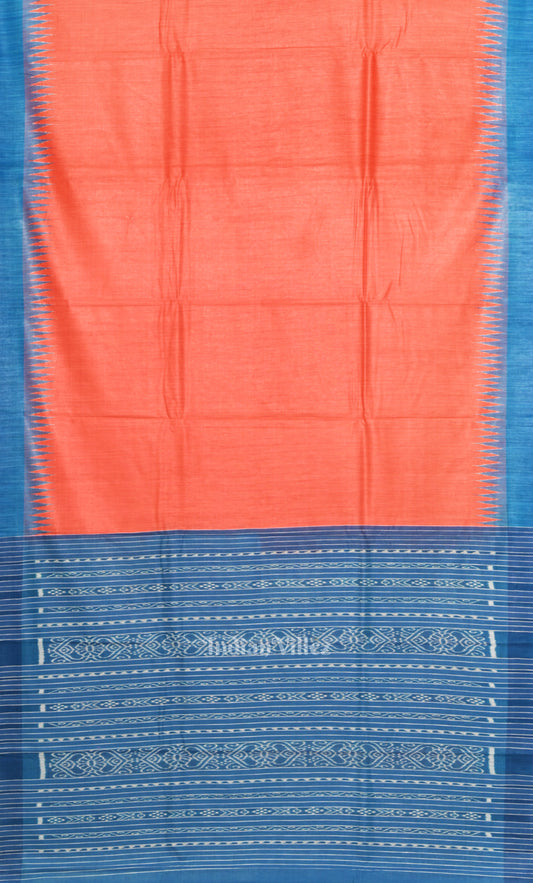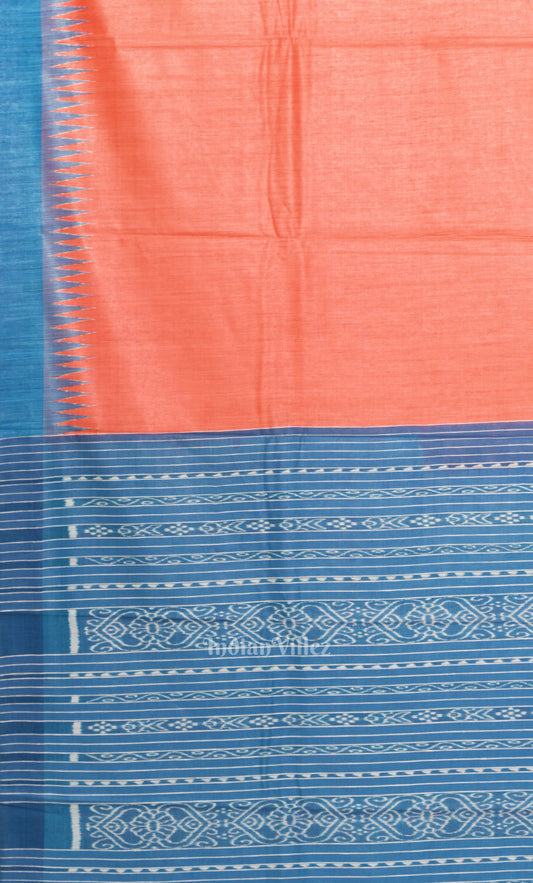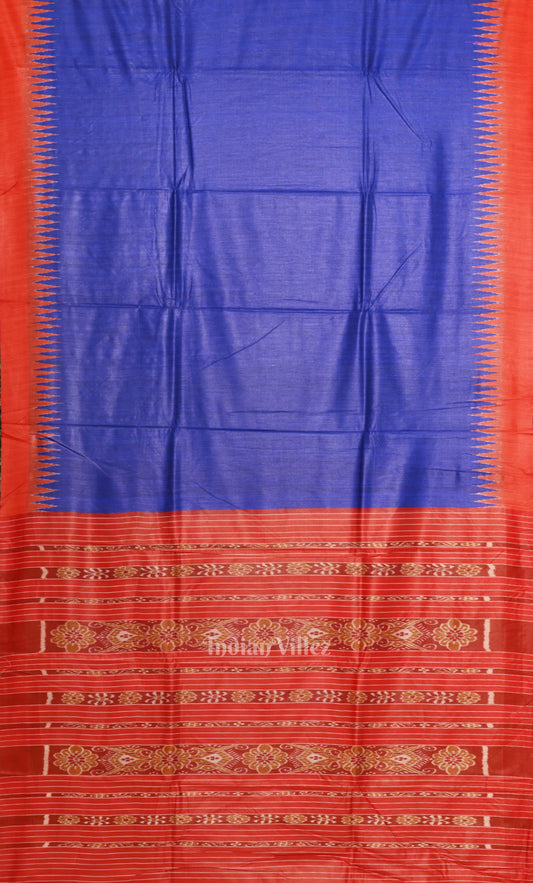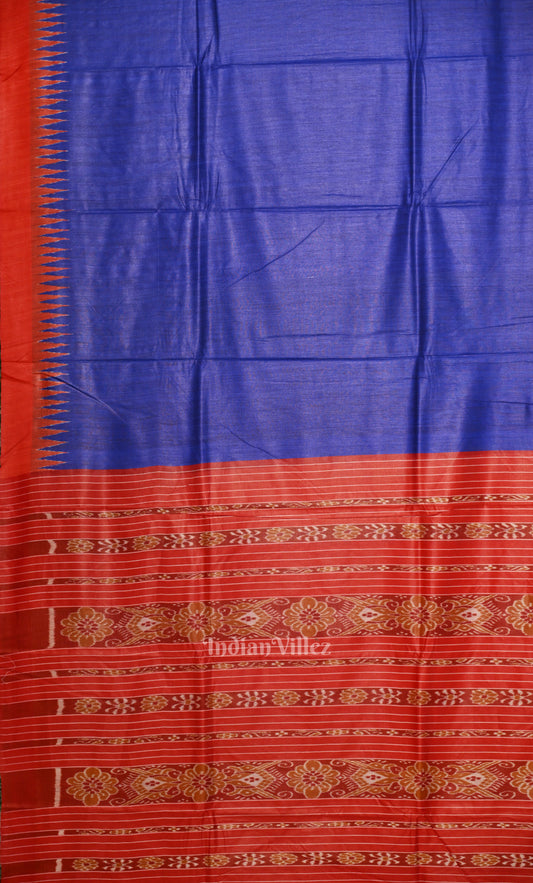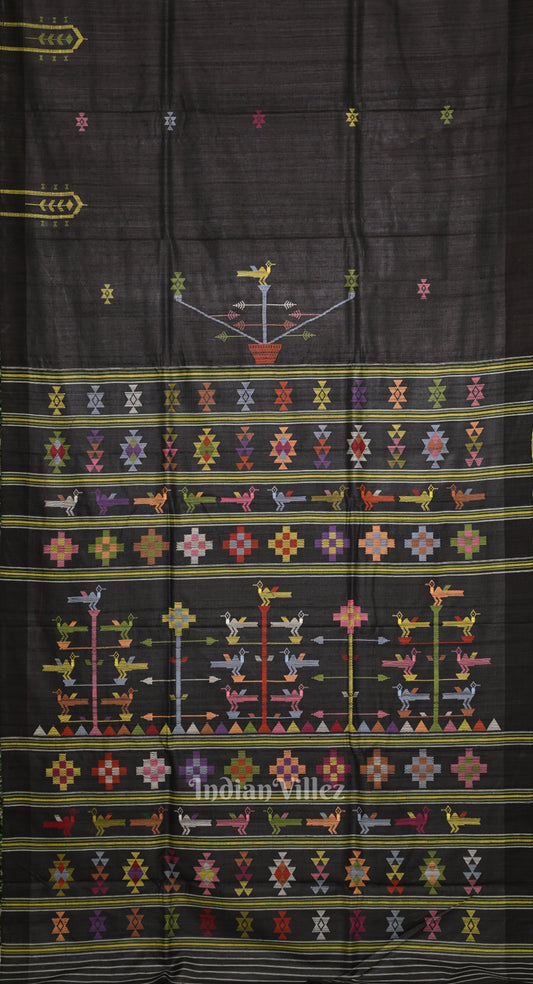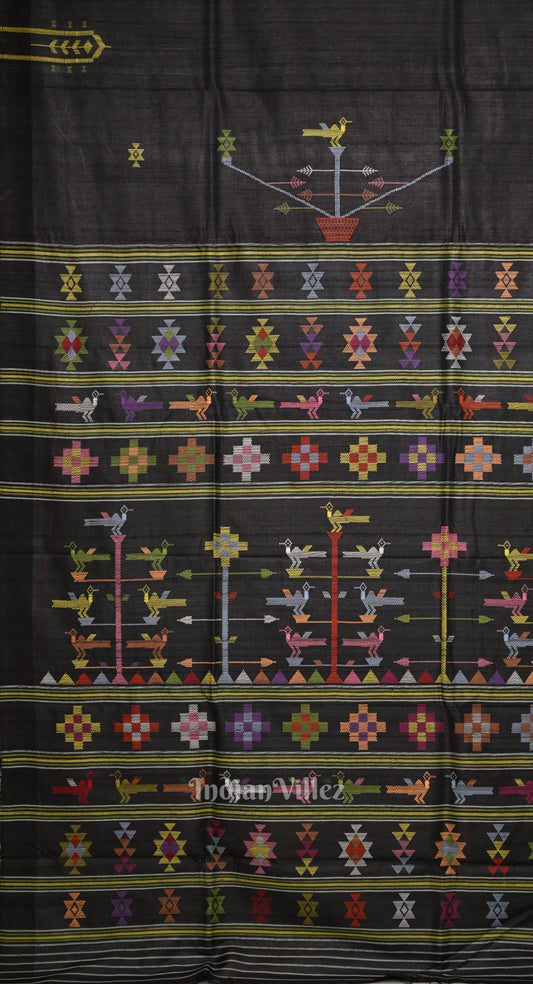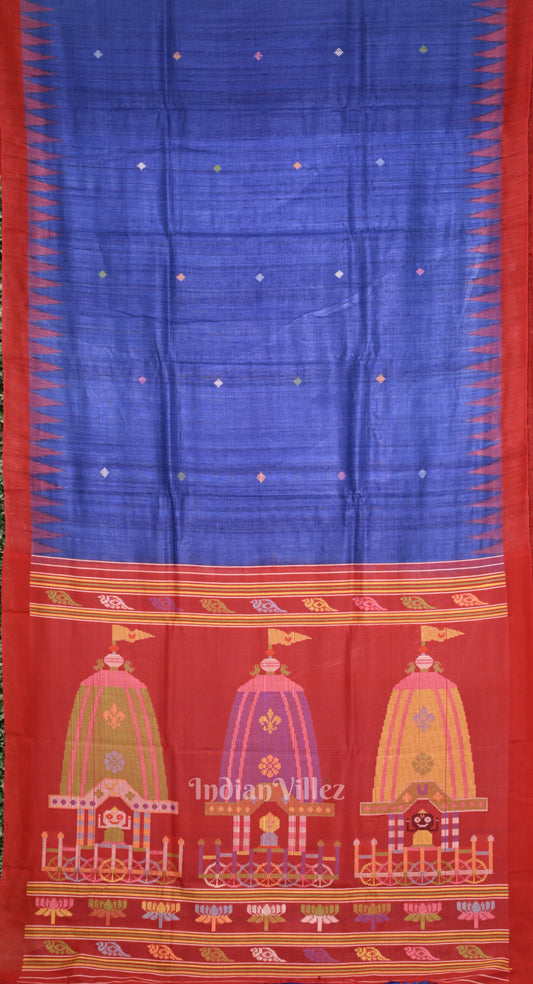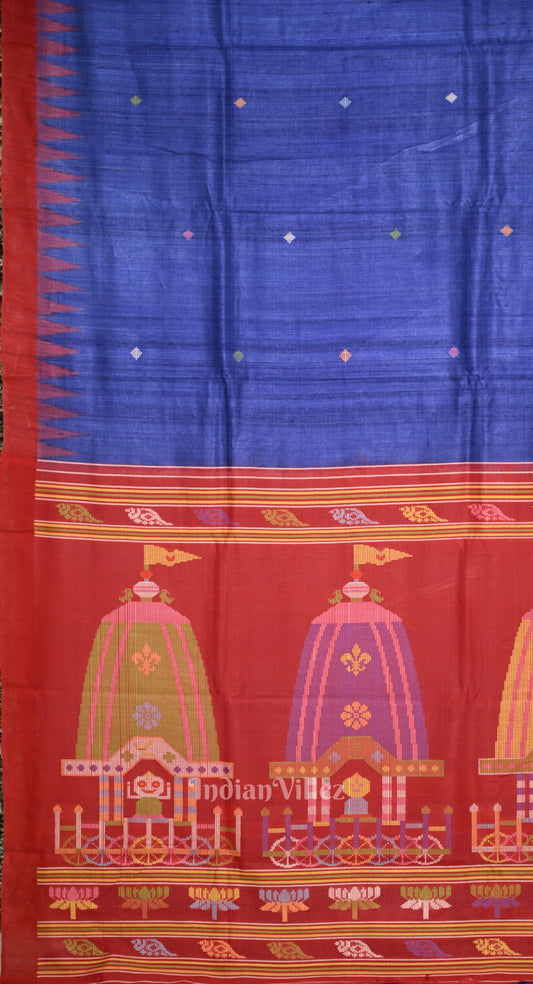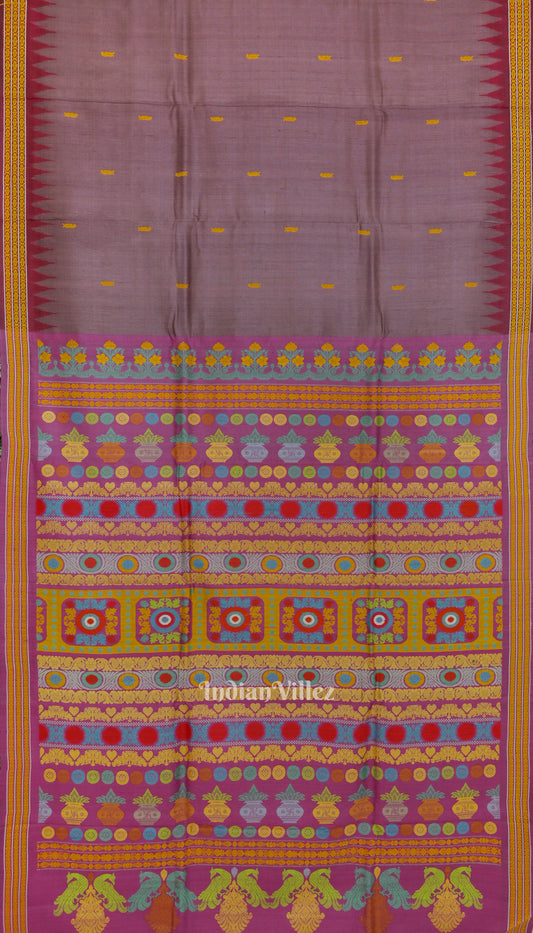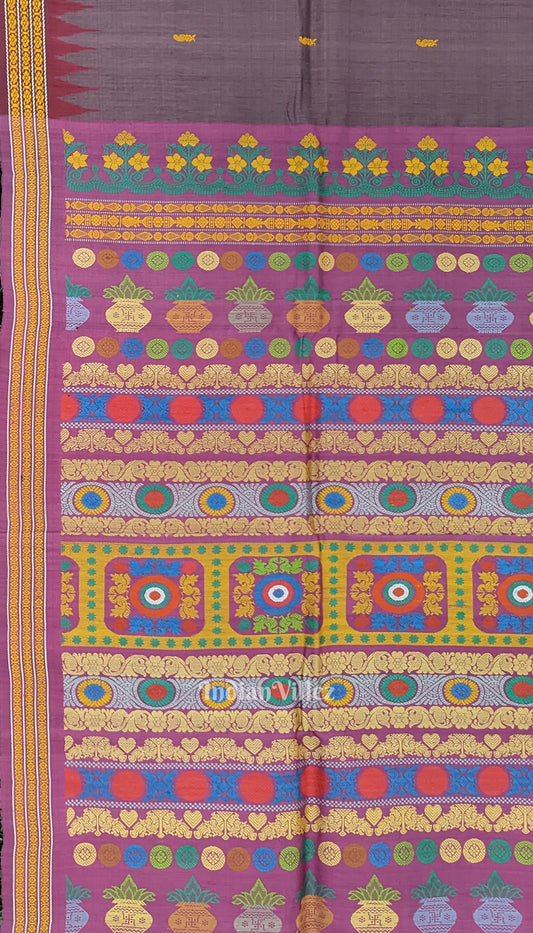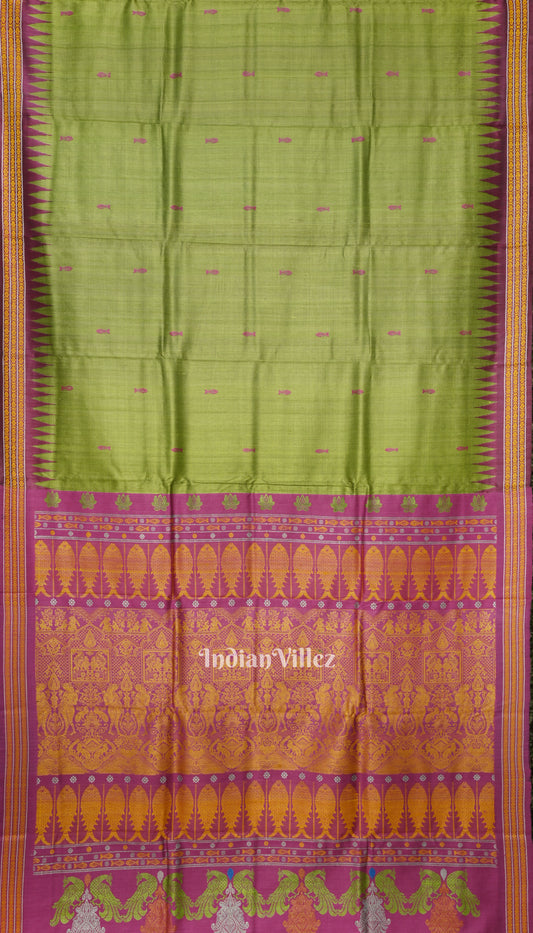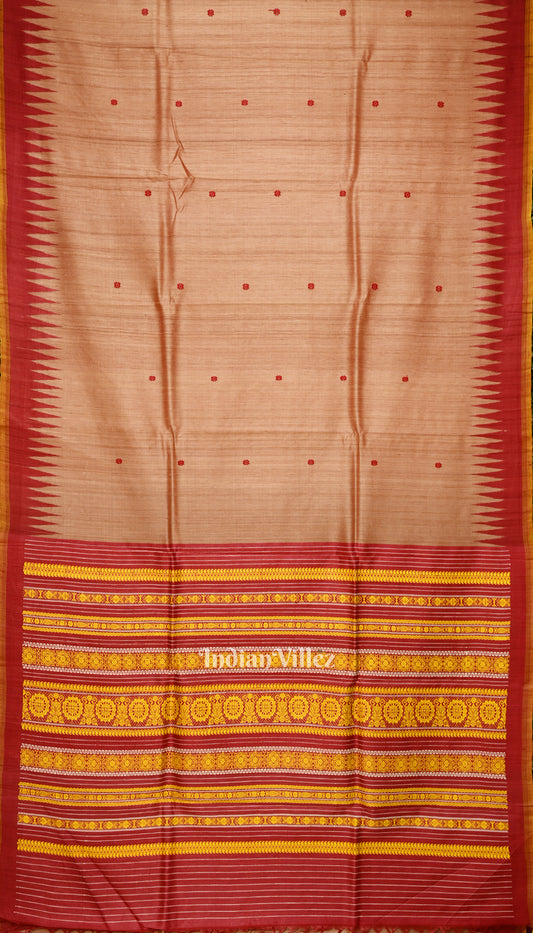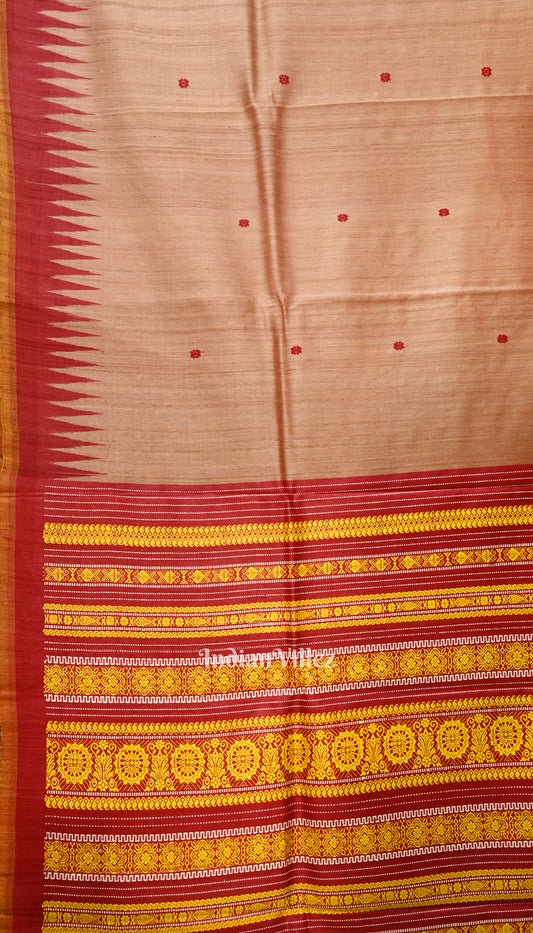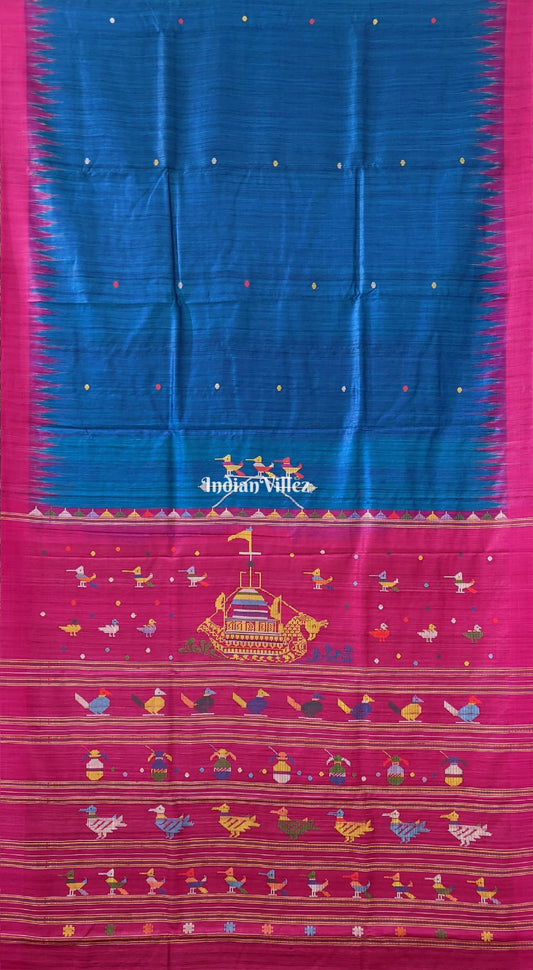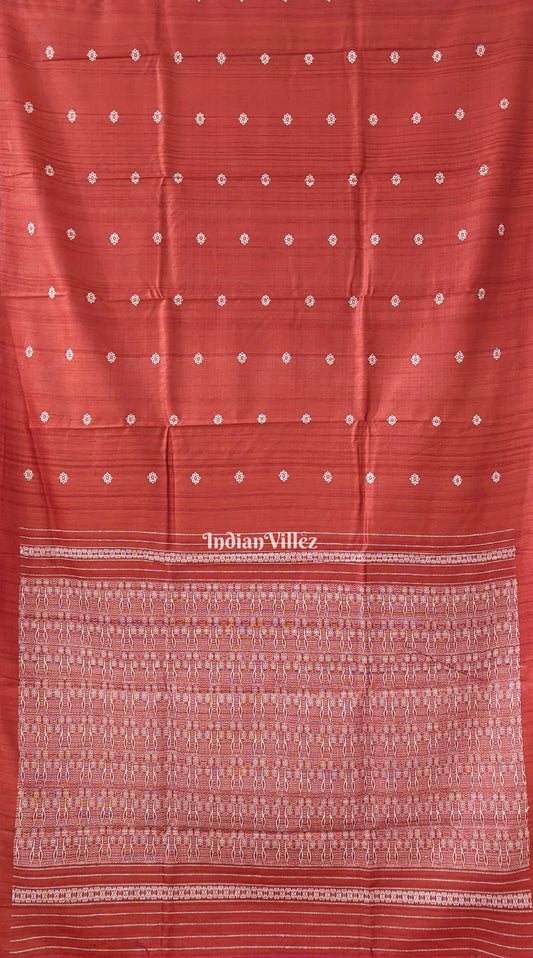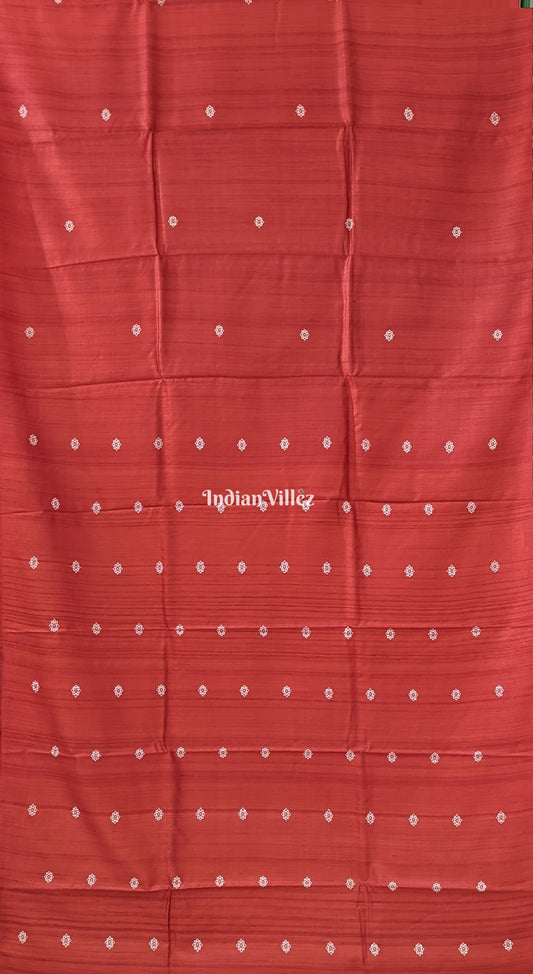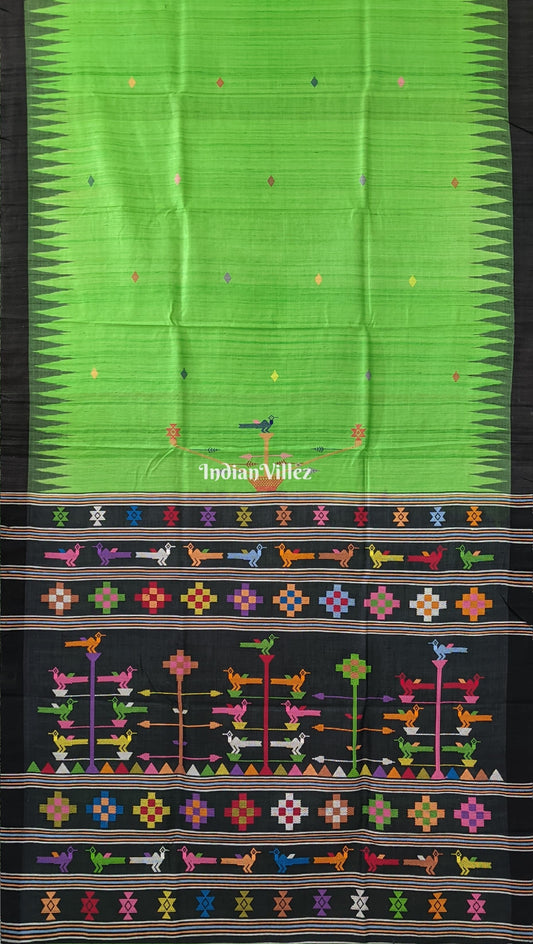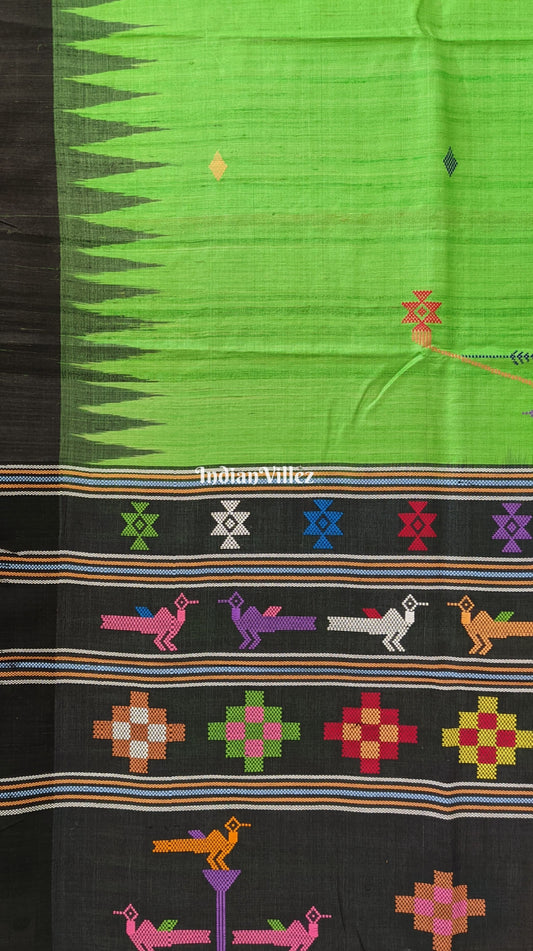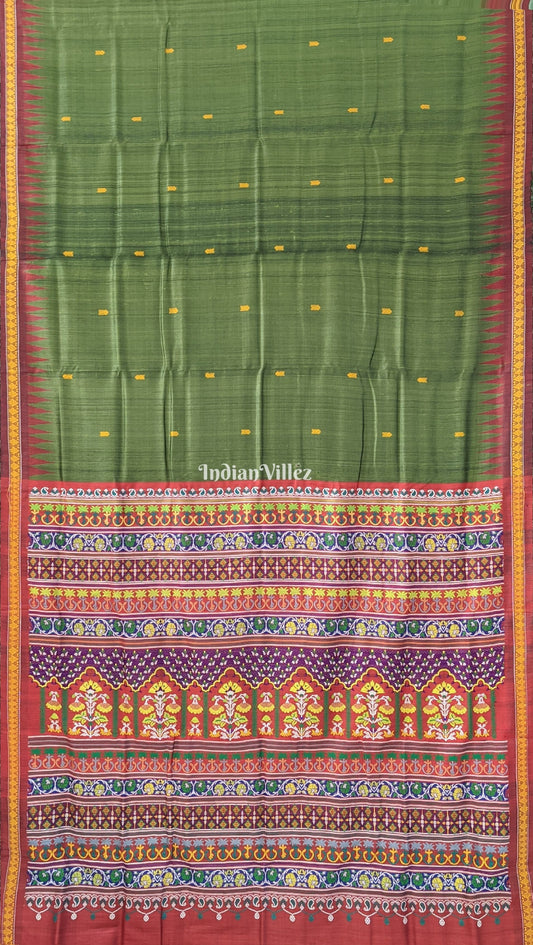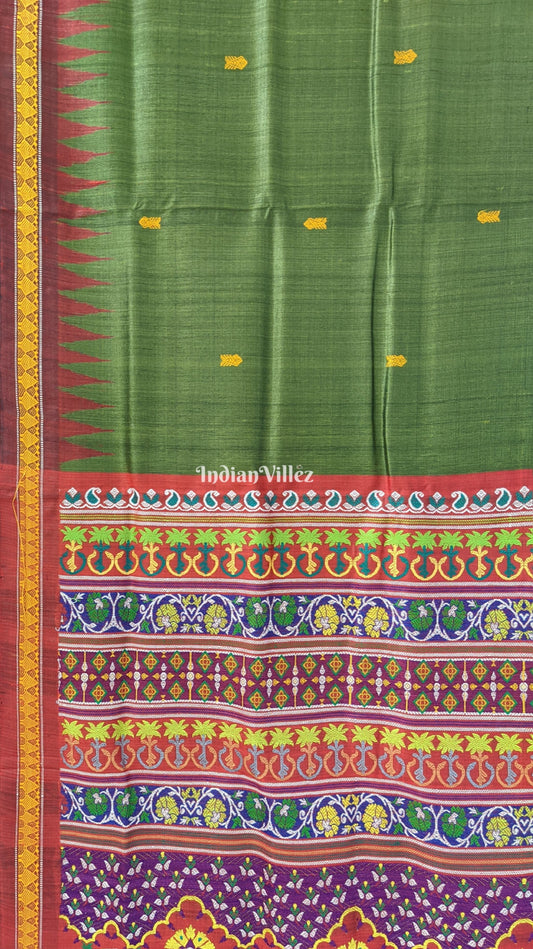Gopalpur Tussar Silk Sarees
Silk Sarees are one of the finest saree of India. This exquisite threads of silk sarees are popular for their lustrous beauty and incomparable variety of designs and colors. Gopalpur Tussar Silk is one of the finest sarees of Odisha. It is also often referred to as ‘Wild Silk, Tassar Silk, or Tussar Silk.
The handlooms are obtained from a wide winged moth that is yellowish-brown and the scientific name of these moths is Antheraea Paphia. These moths are a part of the group known as Emperor Moths or Saturnids. They look beautiful with the color and their wings are beautified by circular markings that look like a mirror work.
Origin and History
The natural gold colors are the highlight of the sarees and were initially discovered in the medieval times of India. There is very little information regarding the saree’s history and origin.
How Are Gopalpur Tussar Silk Sarees Made?
As mentioned above Tussar Silk handlooms are produced by the larvae of several species of silkworms like Antheraea Mylitt.. These are the insects which are found mostly in wild forest and eat their home trees. The cocoons are then collected single-shelled and are oval in shape. They are boiled to extract the silk yarn from which makes the silk extracting easier. This is how the silk is usually extracted to make Gopalpur Tussar silk handloom.
The Hub of Gopalpur Tussar Silk Sarees
Tussar Silk being a very posh thread is produced in India in very large numbers. India produces the most unique silk(Indian silk) or tropical Tussar . These Sarees are hand loomed by the tribal living in the eastern part of India. The tribals employed to make the yarn are mostly women who are dedicated and highly skilled in producing the beautiful tussar silk cloth seen in the markets. It takes them three days to produce a 10-meter tussar silk cloth
These posh and gorgeous silk are mainly produced in Bhagalpur, Bihar, and Malda districts in West Bengal. Jharkhand is the largest producer of this unique Indian silk.
What Makes Gopalpur Tussar Silk Saree Different from Others?
There are other silks like Mulberry, Egi and Muga other than Tussar. There are few things which make the silk different from others.
- Mulberry Silk - These silk are made from Bombyx Mori which feeds on the leaves unlike Tussar silk
- Eri Silk - These silk is spooned from open ended cocons which is also called Ahimsa Silk.
- Muga Silk - The golden-coloured silk from the silkworms which feed on the Som and Soalu plants. These silk are rare and expensive.
- Tussar Silk - The copperish coloured coarse silk generated by the silkworms of the moth Antheraea mylitta and these silkworms rearing is conducted on trees in the wild.
Features of the Tussar Silk Sarees
- It has a very regal and expensive texture.
- It is very light weight and airy.
- It is comfortable to wear
- It is delicate and smooth.
- The shades are different .
Gopalpur tussar silk is the cheapest amongst all the silk varieties. The cost difference between Tussar silk and other forms of silk arises from the mouth they're made out of. In fact it is the rearing of the Tussar silk worms that makes them a cheaper variety but the lustrous and beauty is not compromised as the price. The gorgeous Gopalpur Tussar sarees are extremely beautiful.
Maintenance
- Tussar silk being a very delicate saree requires Dry cleaning .It is the safest option for Tussar.
- If you want to hand wash your Tussar handloom , use cold water and a mild liquid soap meant for these delicate clothes.
- Be careful while wringing .Do not wring the washed handloom excess water out. Dry fabric in shade as the sun may cause the fabric to fade.
- Dry cleaned Tussar should not be wrapped in plastic. Tussar Silks need to breathe.
- Wash dark colors separately and never use chemical bleach because the color may fade away with bleach.

